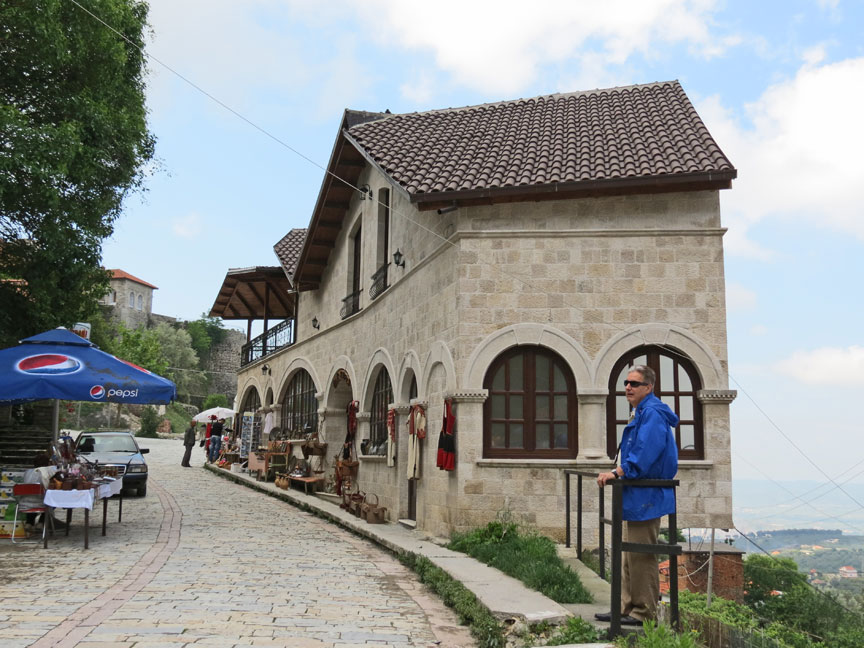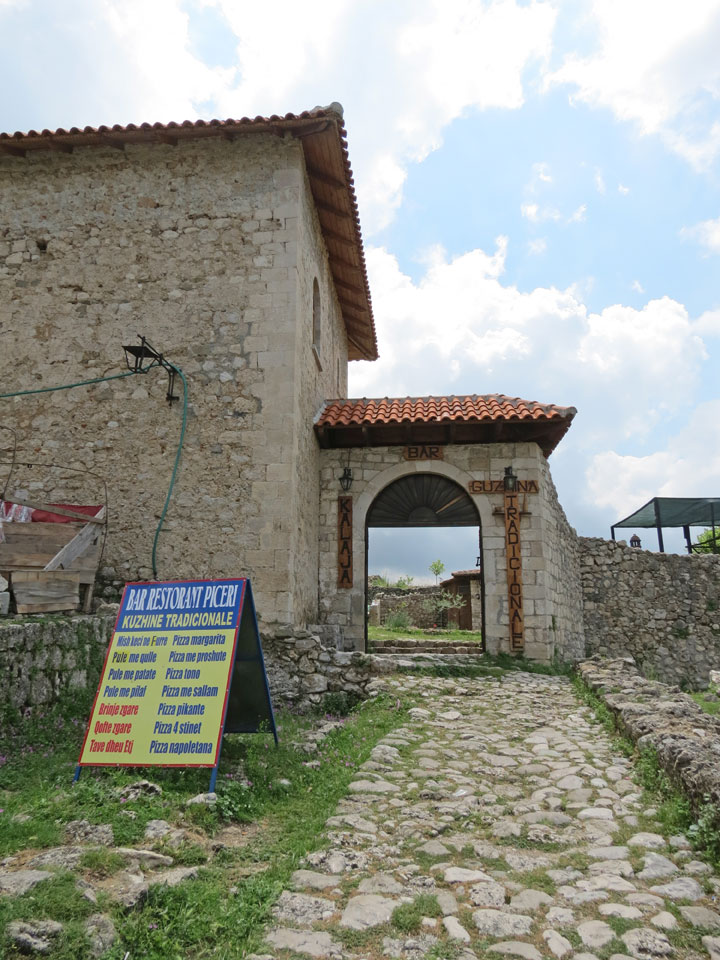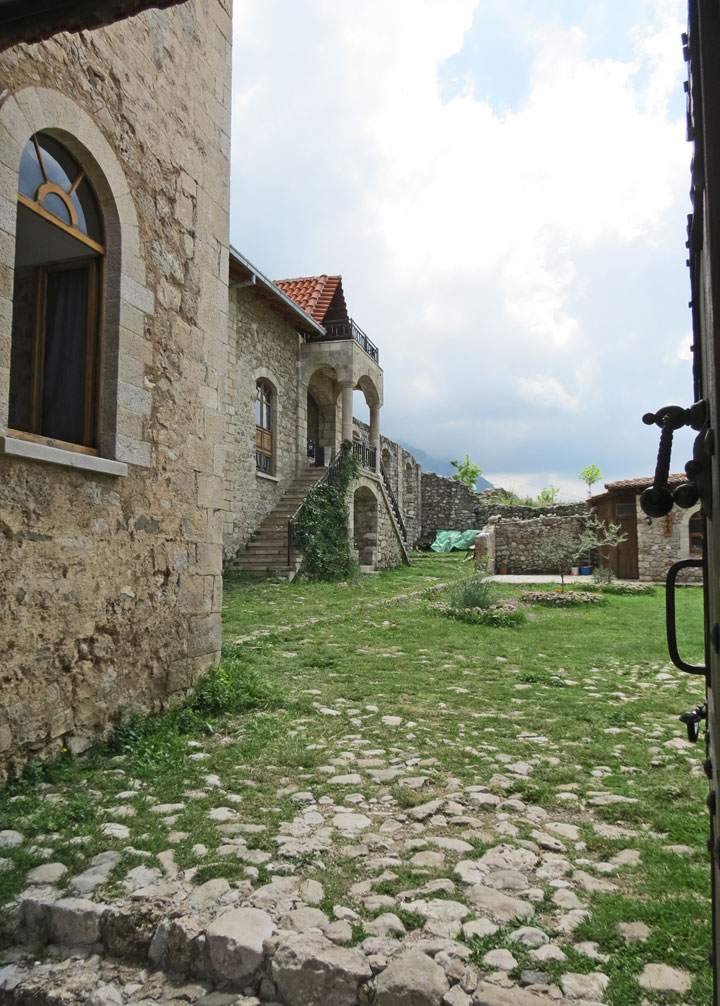

Kruja 2012
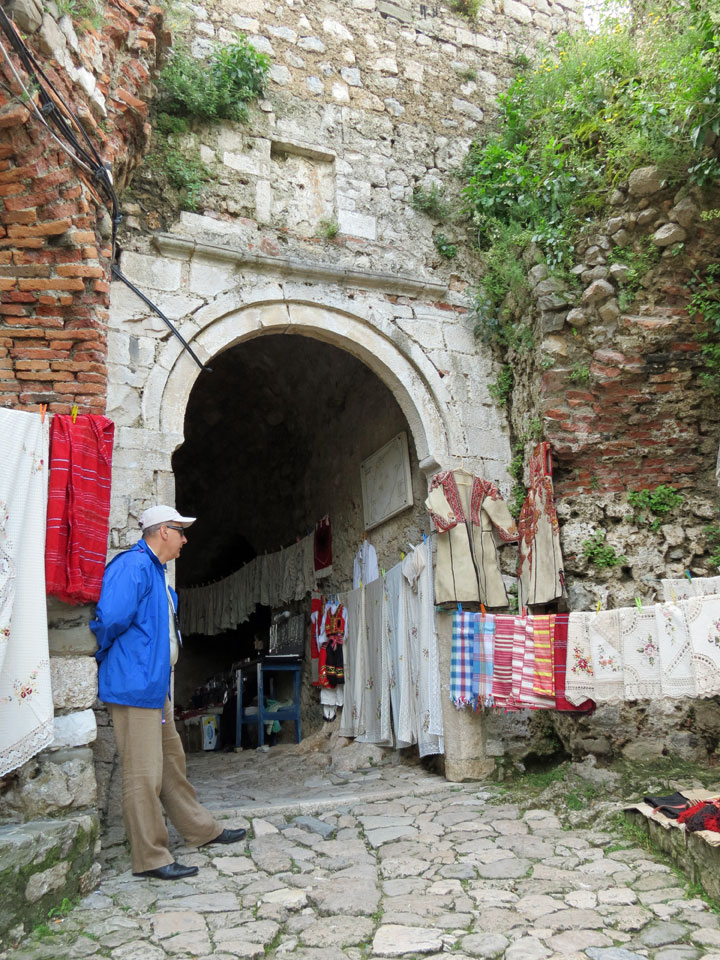
Krujė (Definite Albanian form: Kruja) is a town in north central Albania and the capital of the municipality and the Krujė District. It has a population of about 15,900. Located between Mount Krujė and the Ishėm River, the city is only 20 km from the capital of Albania,Tirana.
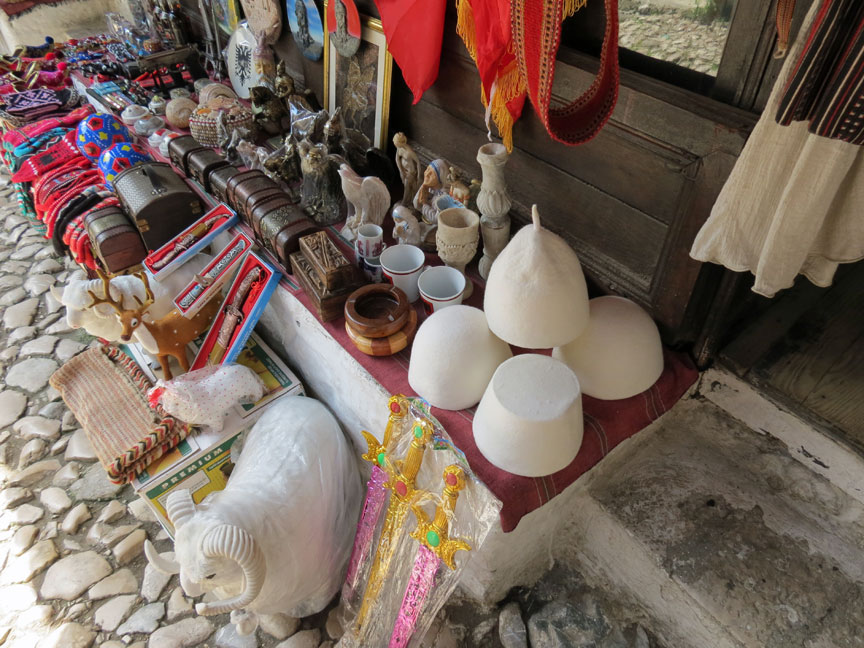
Inhabited by the Illyrian tribe of the Albani, in 1190 Krujė became the capital
of the first autonomous Albanian state in the middle ages, the Principality of
Arbėr. Later it was the capital of the Kingdom of Albania, while in the early
15th century Krujė was conquered by the Ottoman Empire, but then recaptured in
1443 by Skanderbeg, leader of the League of Lezhė, who successfully defended it
against three Ottoman sieges until his death in 1468.
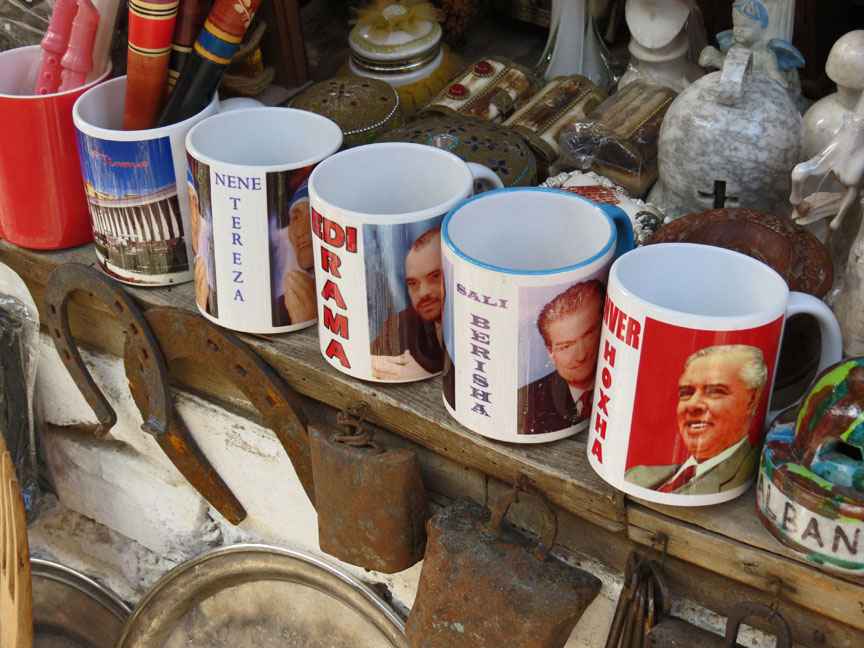
political faces on mugs
The Ottomans took control of the town after the fourth siege in 1478, and incorporated it in their territories. A 1906 local revolt against the Ottoman Empire was followed by the 1912 Declaration of Independence of Albania. In the mid-1910s Krujė was one of the battlefields of the conflict between the short-lived Republic of Central Albania, founded by Essad Toptani, and the Principality of Albania. In 1914 Toptani managed to seize the town but during the same year it was reincorporated by Prźnk Bibė Doda in the Principality of Albania. During WWII was the center of the activities of resistance leader Abaz Kupi.

The museums of Krujė include the Skanderbeg museum, located in the environs of
the Krujė castle, and the national
ethnographic museum.
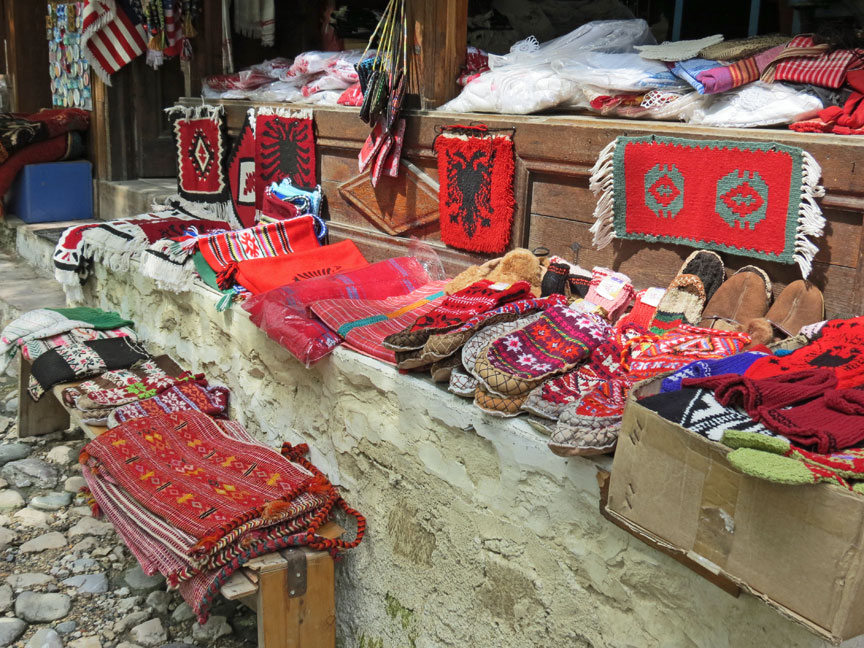
The name of the city is related to the Albanian word kroi meaning "fountain". In
Albanian the city is known as Krujė or Kruja. In Byzantine documents of the
early 7th century it has been attested as Kroai, while in medieval Latin it was
known as Croia, Croya and Croarum. During the Ottoman era it was also known as
Ak Hisar or Akēahisar from the Turkish words ak (white) and hisar (castle).
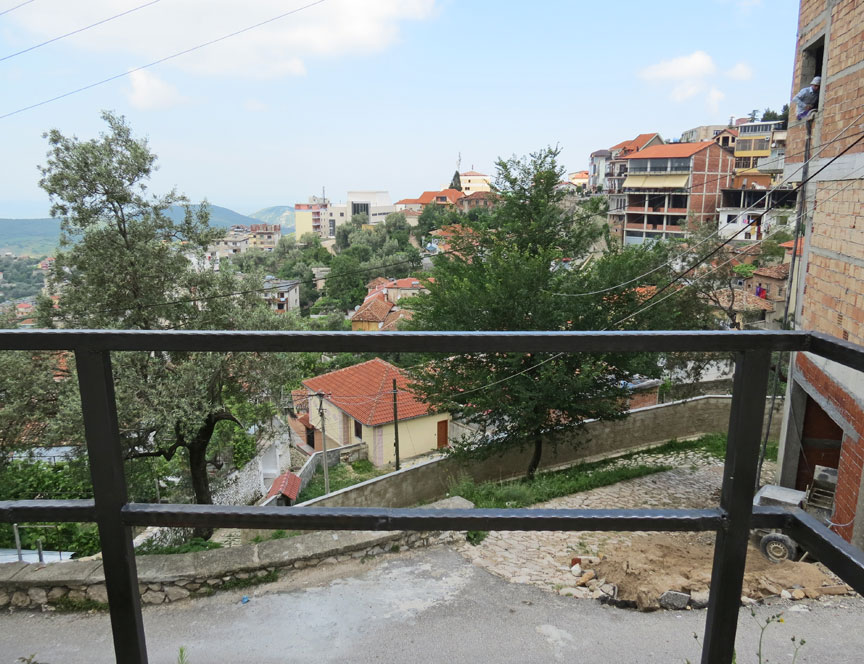
Krujė
Krujė is found at an altitude of 600 m (1,969 ft) on the foot of Mount Krujė (Albanian: Mali i Krujės) of the Krujė Gorge, while south and west of the town is found the plain of the Ishėm River. The town is located in the northern part of the outer Albanides tectonic unit, which consists of anticlines of Mesozoic carbonate platforms. The administrative center of the municipality is the town of Krujė, but it also includes the villages of Barkanesh, Brre and Picerragė. The closest cities to Krujė are Tiranė and Durrės at a distance of 20 and 37 km respectively.
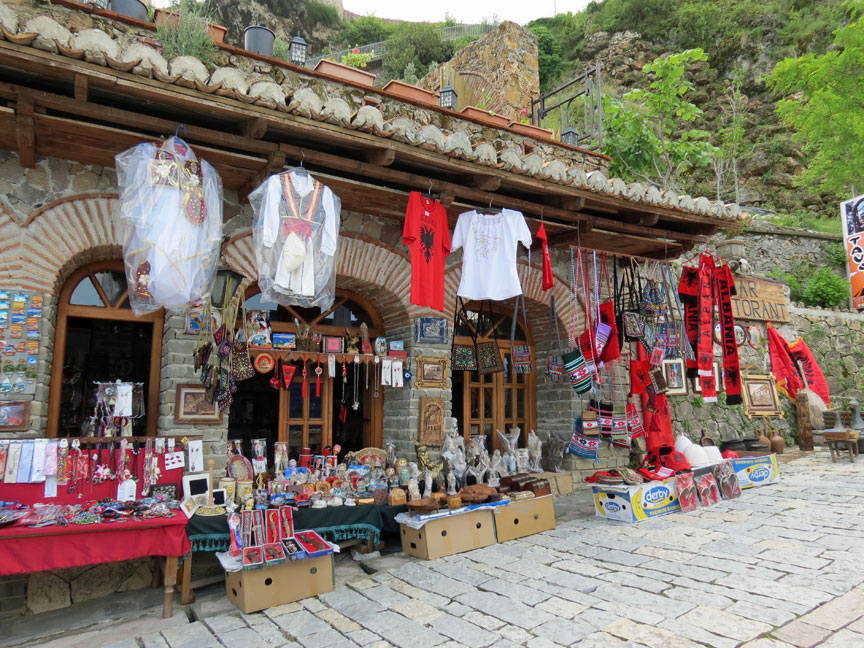
In ancient times the region of Krujė was inhabited by the Illyrian tribe of the
Albani, while the town is located near the Iron Age Illyrian site of Zgėrdhesh.
Some scholars have identified the site with the main settlement of the Albani,
Albanopolis, while others identified Albanopolis with Krujė itself. During the
Illyrian Wars the area of Krujė was captured by the Roman Republic.
Early medieval artifacts of Krujė include dress items and weaponry found in
fifth- and sixth-century cemeteries, which display the high status and the
wealth of the burials. Originally a middle-sized fortress like other urban
centers of Krujė expanded to a town probably from the sixth to the ninth century
AD. In 1190 Krujė became the capital of the first autonomous Albanian state of
the middle ages, the Principality of Arbėr founded by Progon of the House of
Progon. During the reign of Gulam of Albania the principality was dissolved and
incorporated in the newly founded Kingdom of Albania. During the late 13th and
early 14h century the Byzantine and later the Serbian Empire took control of the
city. The Kingdom of Albania was eventually dissolved between 1363 and 1368,
when Karl Topia captured its capital Durrės and incorporated its territories,
including Krujė in 1363 in the Princedom of Albania. After 1389 the House of
Thopia 1389 gradually lost control of the town, which by 1395 had come under
Ottoman vassalage. The Ottomans lost control of Krujė in the early 15th century,
when it was captured by Niketa Thopia and regained it in 1415. After its
recapture it was incorporated in the Sanjak of Albania and formed an
administrative unit with the status of Subaşilik as attested in the regional
register of 1431.
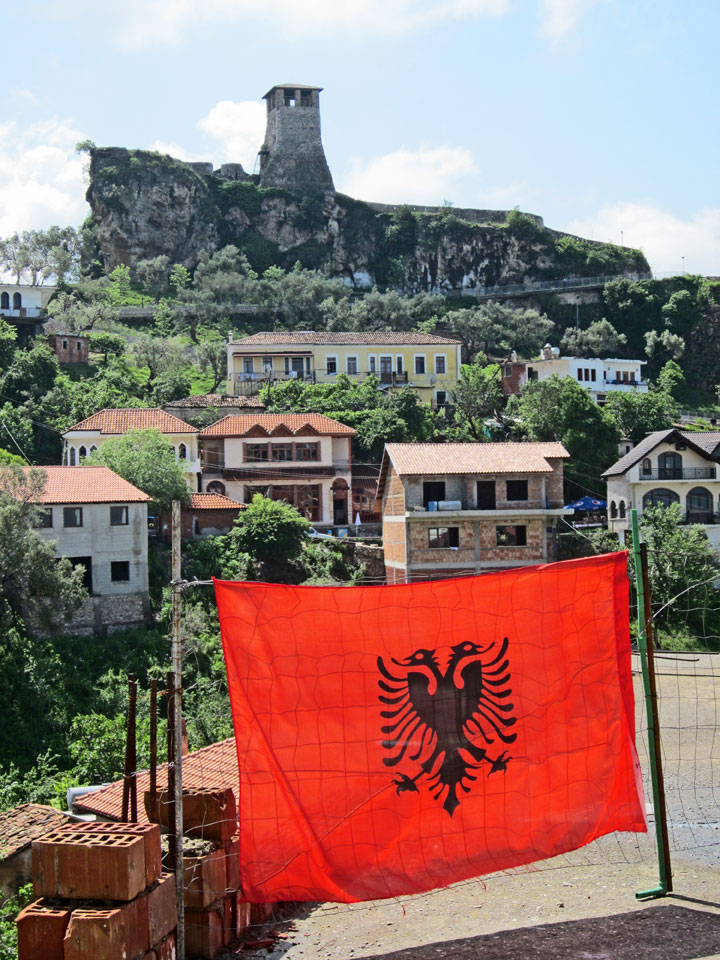
Krujė Castle is a major landmark located on the highest point of Kruje
Until 1432, the subaşi (governor) of Krujė had been Zagan Bey, then Hizir Bey, and later during 14371438 Skanderbeg was its governor. In November 1438 Hizir Bey was again appointed as subaşi of Krujė until he was replaced in April 1440 by Umur Bey.[10] On 28 November 1443 Skanderbeg gained control over Krujė by deceiving its subaşi with forged sultan's letter. In 1444 Skanderbeg incorporated it in the League of Lezhė, the confederation of the Albanian principalities. From 1450 until 1477 Krujė was defended successfully by the Albanian troops four times against the Ottoman army, which eventually captured it in 1478 during the fourth Siege of the city. During the first siege of Krujė in 1450, the 1,500 to 2,000 soldiers of the League of Lezhė under Vrana Konti and Skanderbeg defeated an Ottoman force of about 100,000 men led by Sultan Murad II, who had tried to bribe Konti to surrender the castle of the town. In the following decade Krujė was first besieged in 1466 and then in 1467 unsuccessfully by Ballaban Pasha and Sultan Mehmed II, whose total troops were about 150,000. After Skanderbeg's death in 1468, the city's garrison was supplemented by troops of the Republic of Venice. In 1476 the town was once more besieged by a ten-thousand-man army under Gedik Ahmed Pasha; however, the local garrison led by proveditor Pietro Vetturi fended off the Ottoman besiegers, who retreated after the arrival of reinforcements under Francesco Contarini and Nikollė Dukagjini. The city was eventually conquered by the Ottomans in 1478 after being besieged for over a year. This success was viewed by the Ottomans as a good omen that the siege of Shkodra would also be successful.
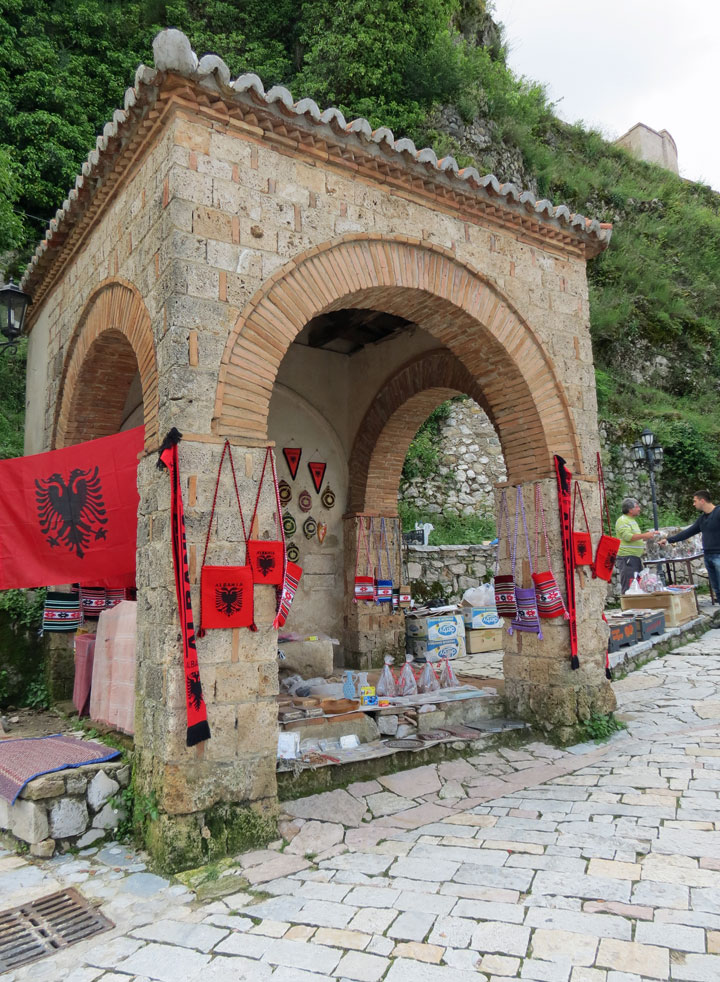
During the rise of nationalism in the Ottoman Empire Krujė became the
battlefield of various anti-Ottoman rebellions also related with the imposition
of new taxes. In 1906 the people of Krujė revolted once more against the Ottoman
empire. The Wāli of Shkodėr, Sali Zeki Pasha sent four battalions of the Ottoman
army stationed in the city against the rebels of Krujė. After prolonged
confrontations the Ottoman officials offered to begin negotiations with the
rebels. On 20 September 1906 the leaders of Krujė and the Ottoman diplomats met
at the Tallajbe quarter of Krujė to discuss the administrative status of the
town, however, the Ottoman army under Şemsi Pasha ambushed the rebel leaders.
During the battle that followed, which became known in history after the
Tallajbe district, about 30 people died including uninvolved civilians.
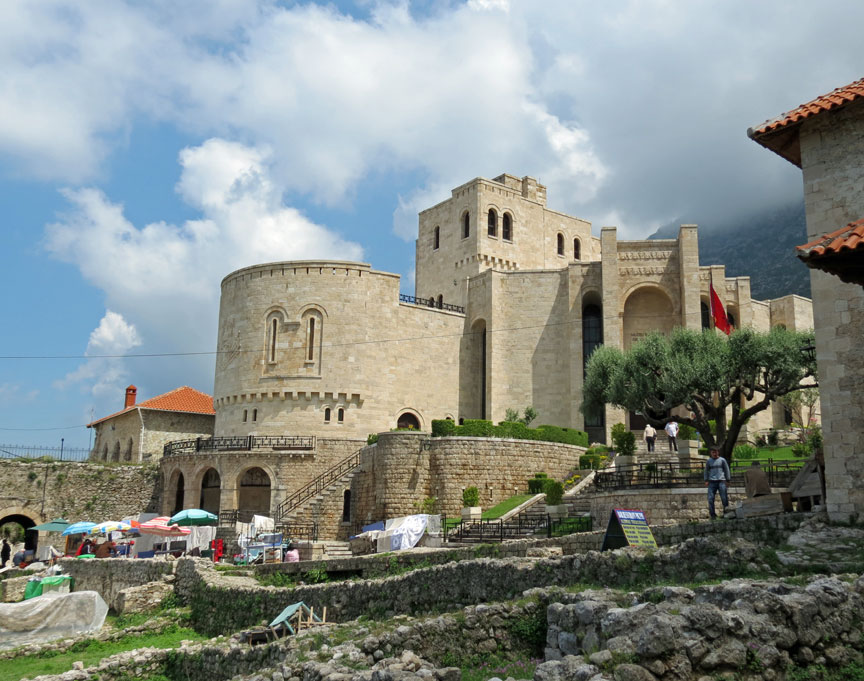
Skanderbeg National Museum entrance
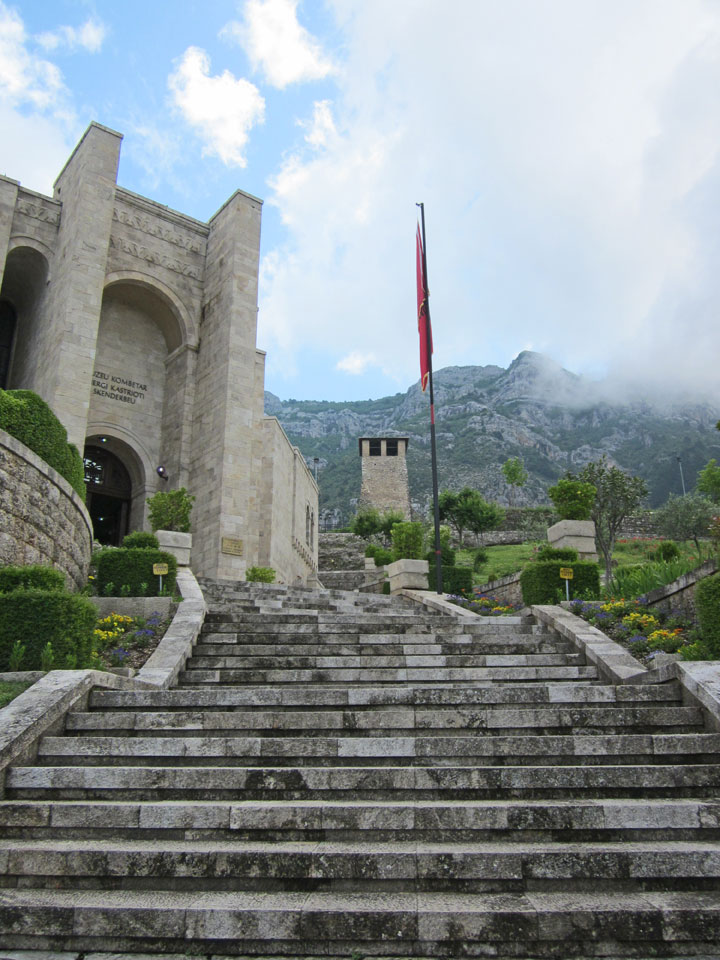
Throughout the Albanian Revolt of 1912, that led to the creation of the Albanian
Vilayet and later in the Declaration of Independence of Albania Krujė, which was
captured on 14 August, was one of the major anti-Ottoman centers. In 1914 Essad
Toptani, a member of the notable Toptani family of the region and officer of the
Ottoman army, captured the town and incorporated it in the Republic of Central
Albania making it a center of his movement, but in June of the same year it was
reincorporated by Prźnk Bibė Doda in the Principality of Albania. On 20 December
1914 the local anti-Essadists, led by Abdi Toptani and Mehmet Gjinali, formed
the Union of Krujė, which quickly extended its authority in central Albania.
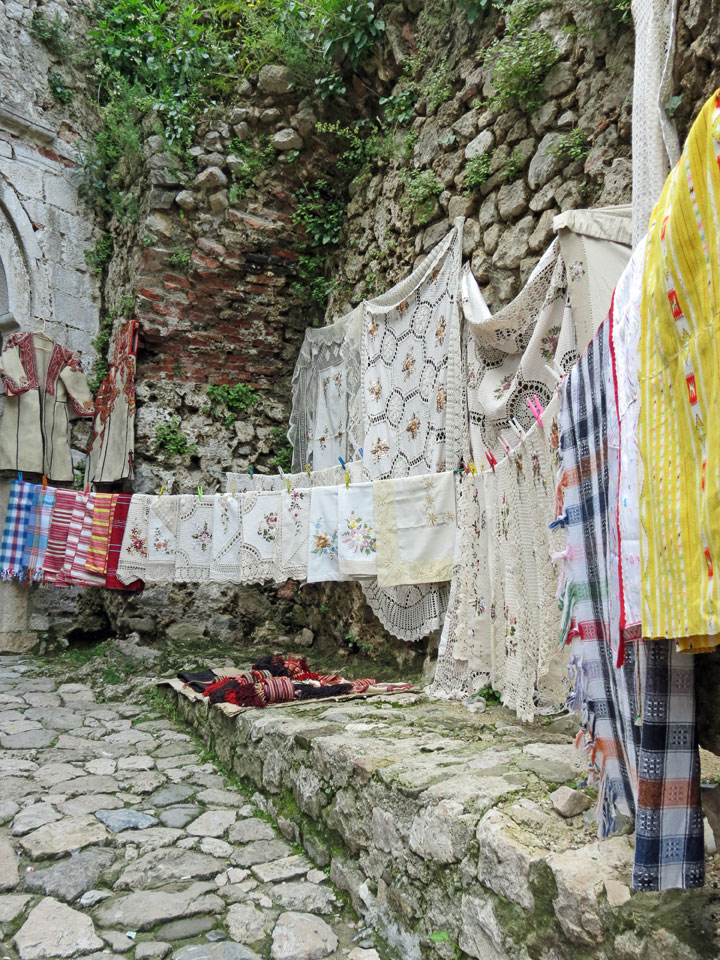
Following the Italian invasion of Albania the country became a protectorate of
the Kingdom of Italy. Mustafa Merlika-Kruja, a native of Krujė, who became the
Prime Minister of the new regime ordered the formation of a 300-man gendarmerie
force to defend the town against resistance groups. However, soon afterward,
resistance leader Abaz Kupi, another native of the town, created one of the
first permanent resistance forces of Albania in Krujė and gradually took control
of the region. In 1943 at the assembly of Tapizė Balli Kombėtar proposed to the
LNĒ the creation of provisional resistance government, with Krujė as the capital
city, but this proposal was rejected by the LNĒ leaders. In the end of November
1944, the last German troops stationed in the area were defeated and LNĒ
battalions entered the town.
Text from Wikipedia
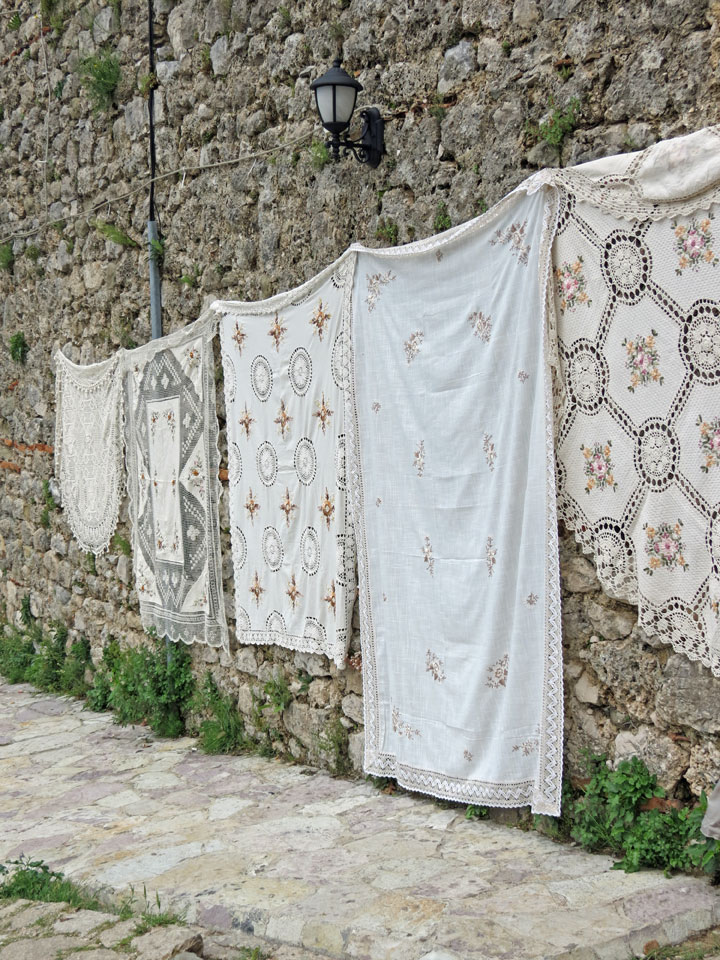
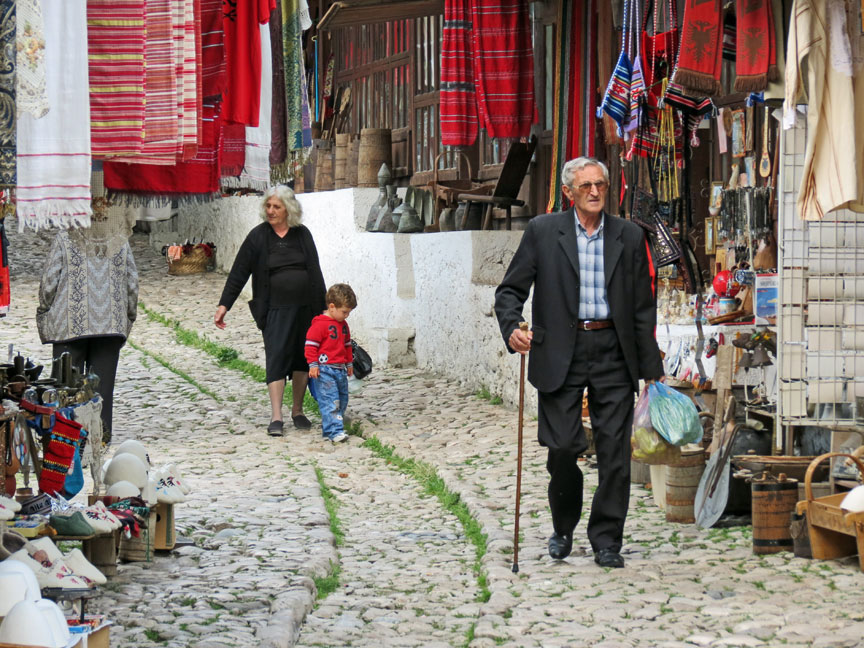
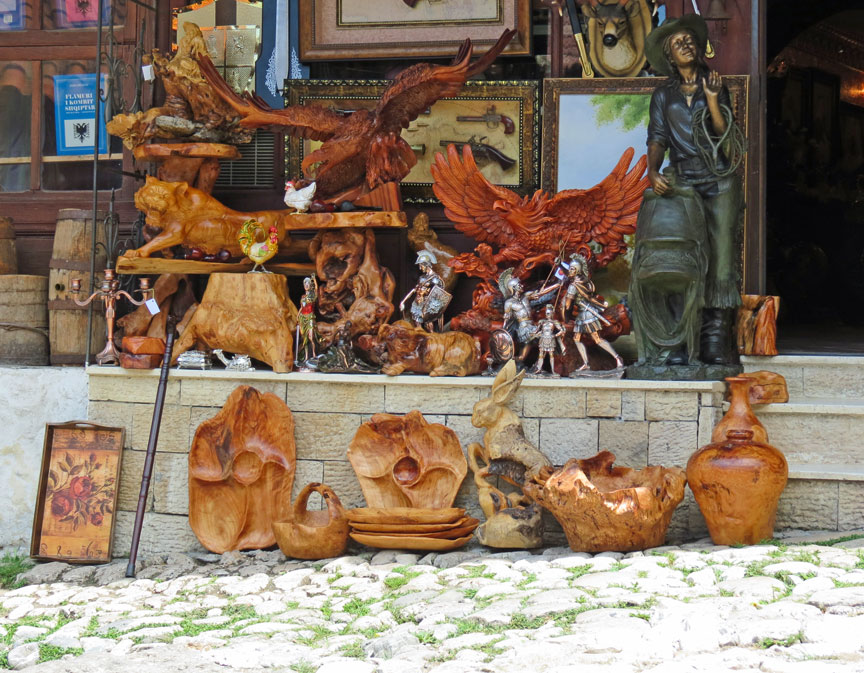
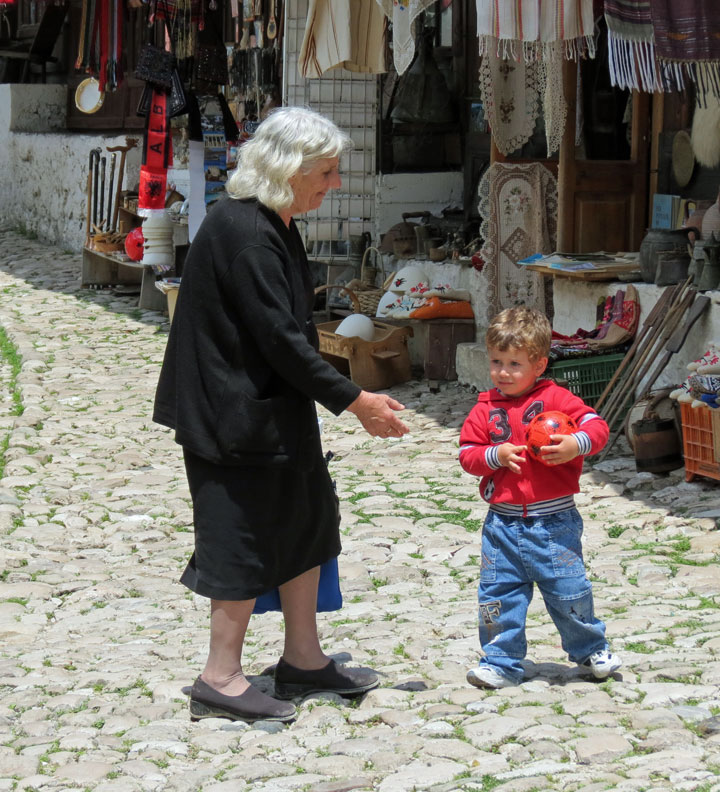
I want this ball !

cleaning the street

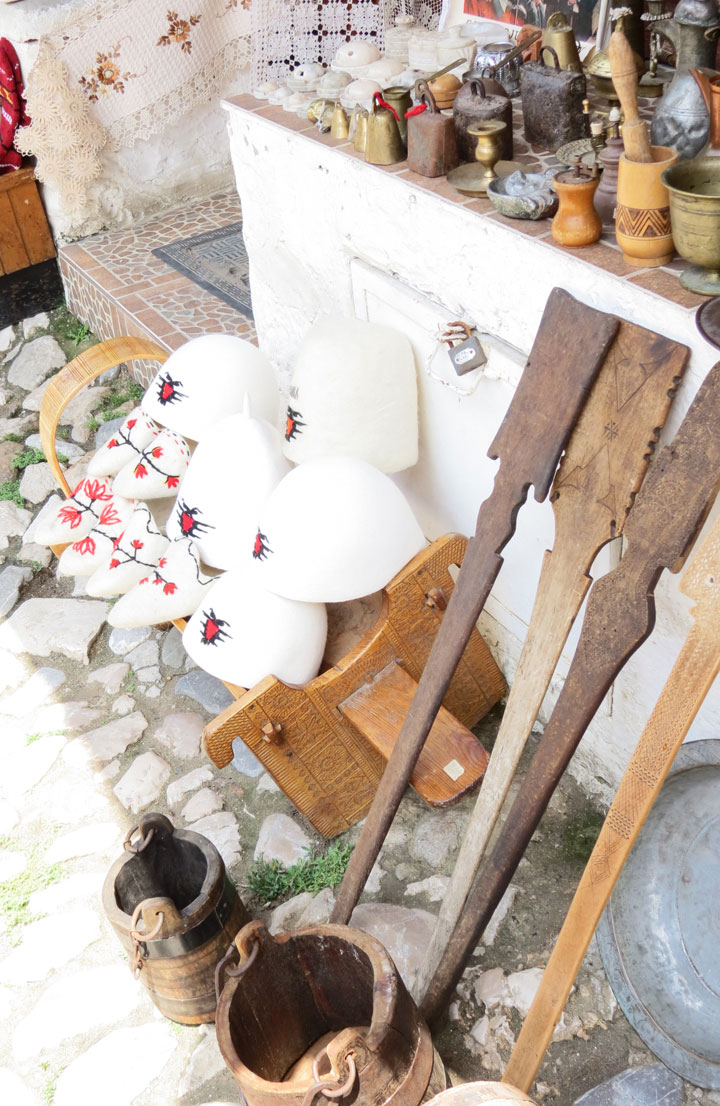

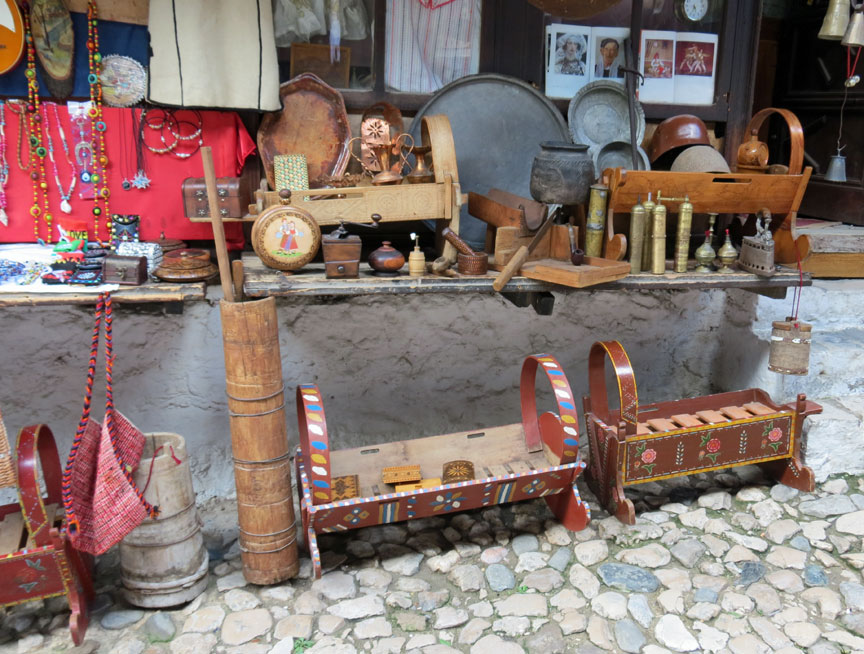
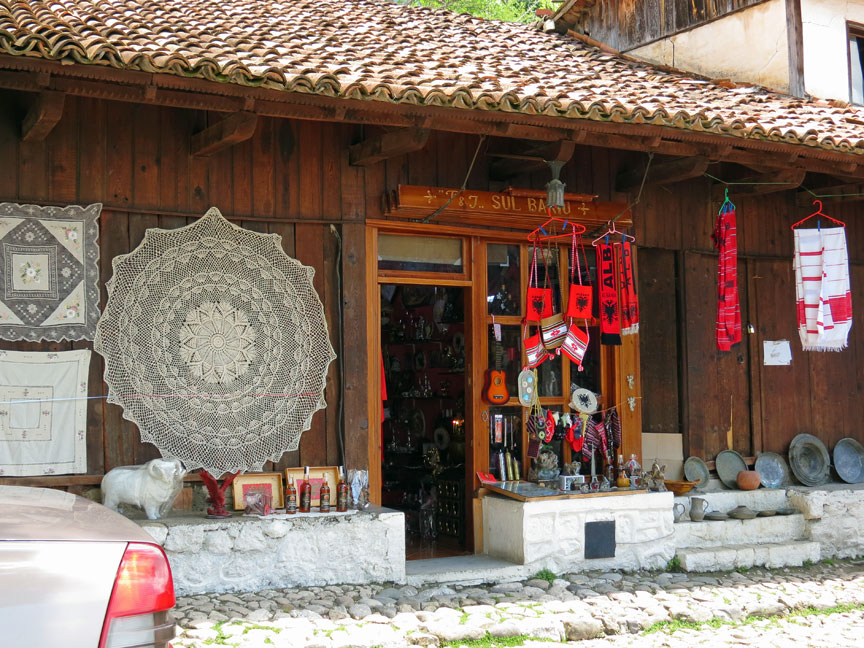
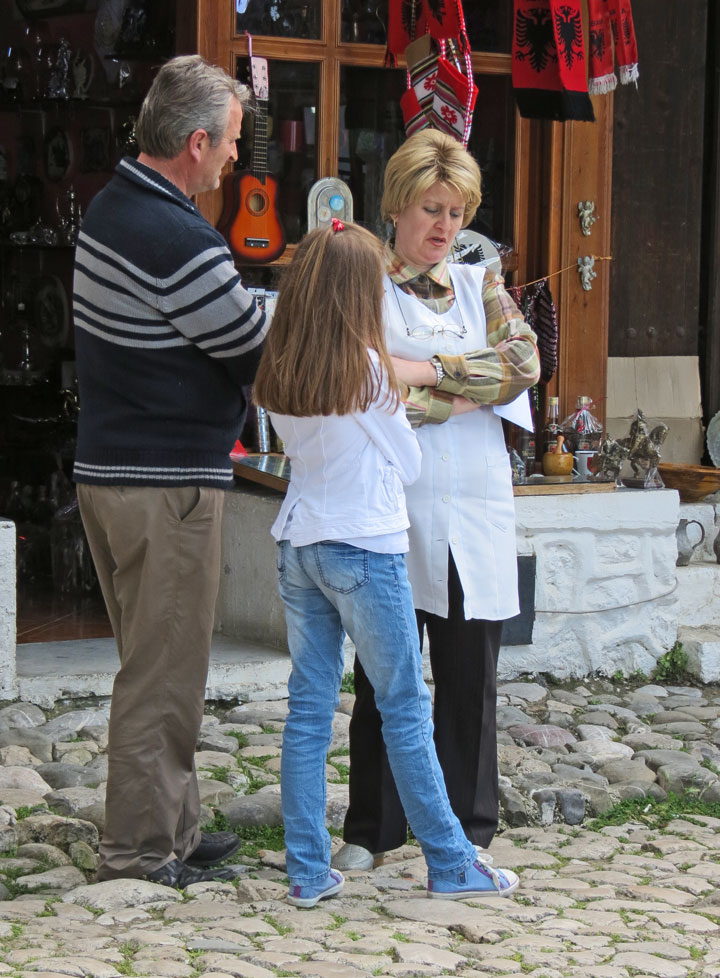
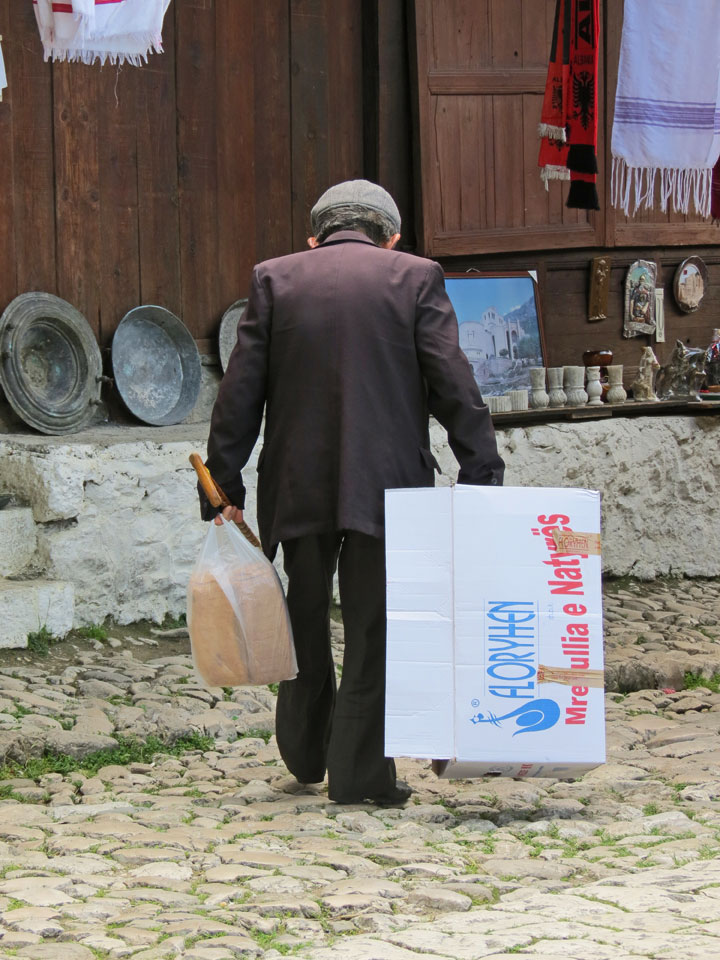
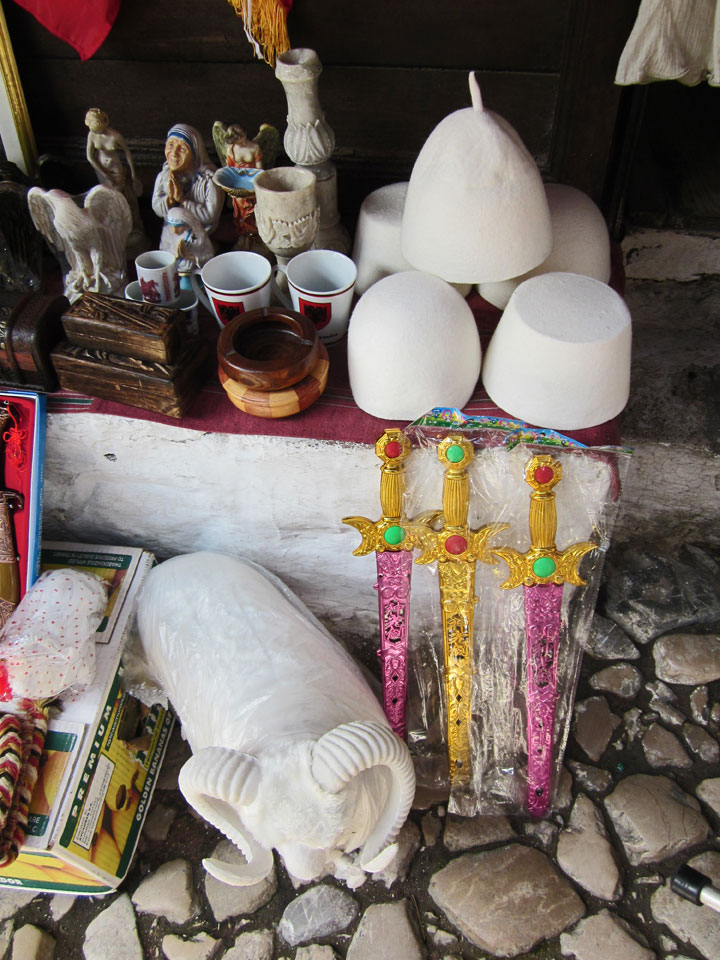
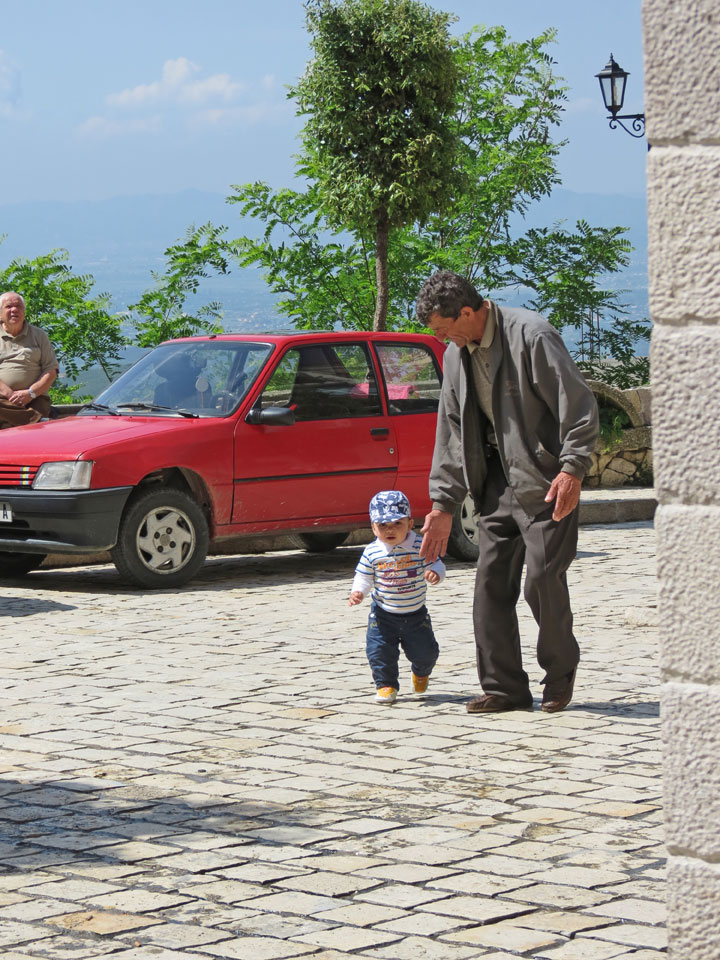

texting ?
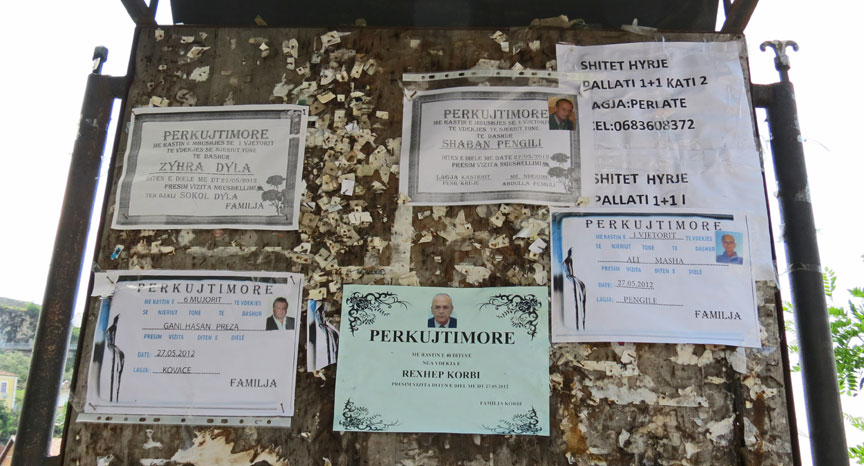
death notice
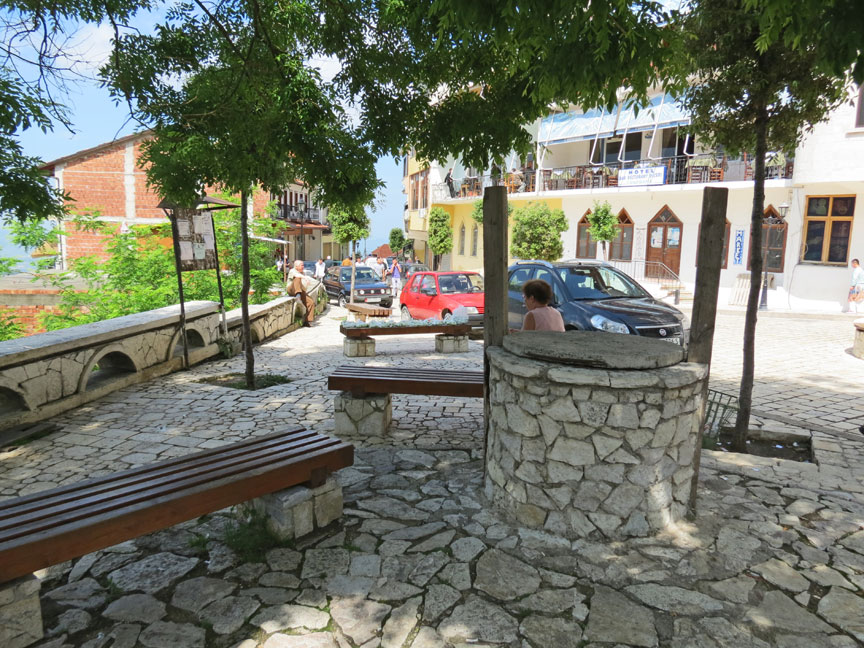
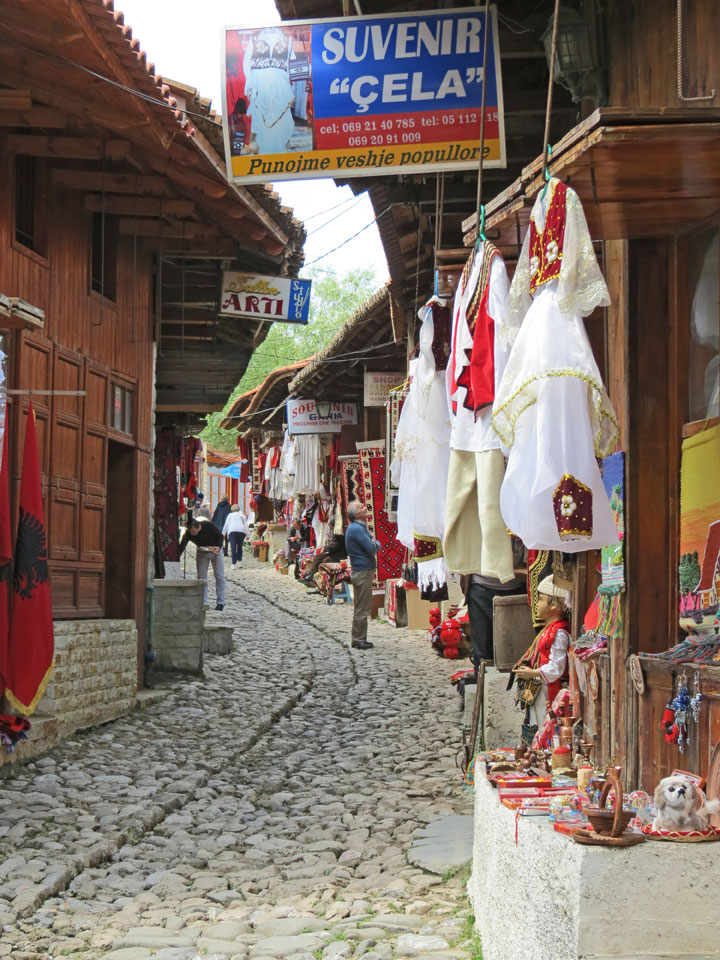
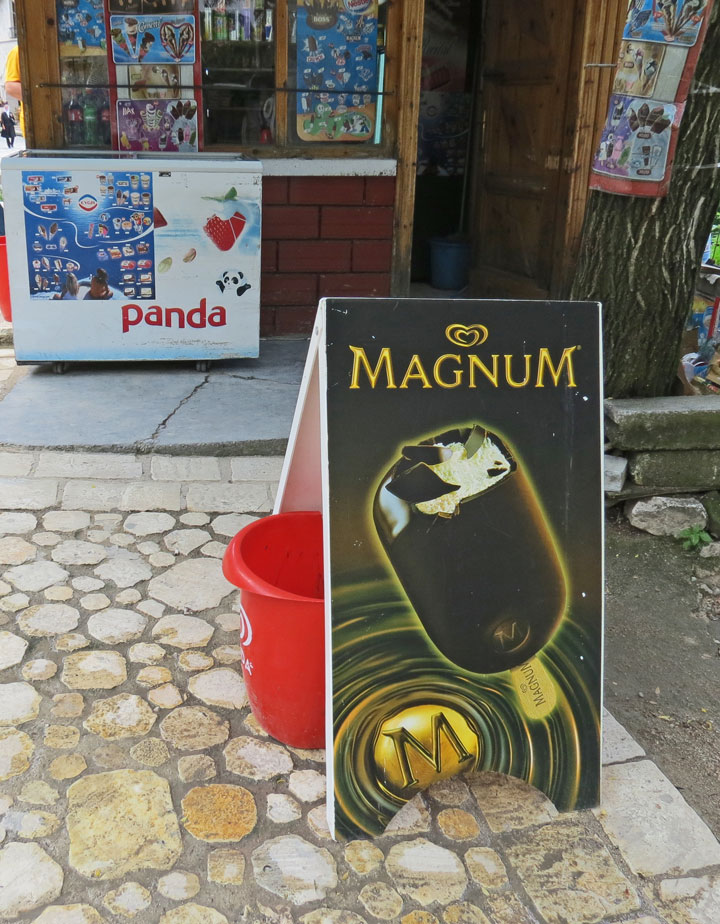
my favorite ice cream bar
